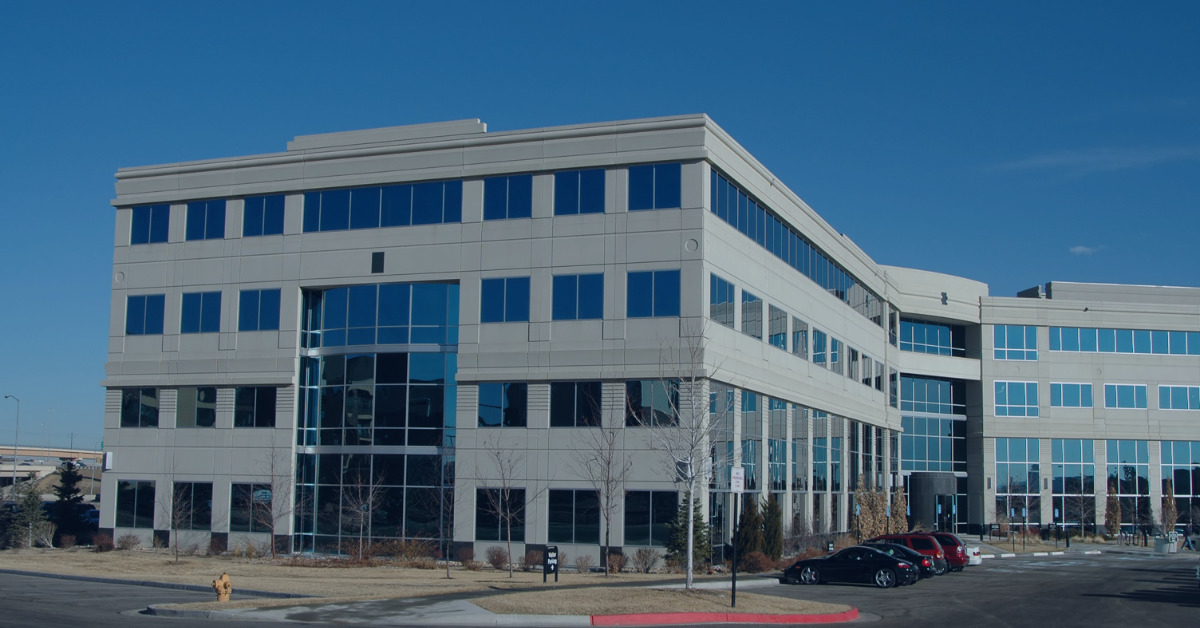Community banks, by their very nature, tend to have higher concentrations of commercial real estate (CRE) loans than larger institutions. Any concentration in certain types of loans, borrowers or collateral exposes banks to heightened risks, so your bank needs to be proactive in managing CRE concentration risk. This is particularly critical today, because a confluence of recent trends has elevated CRE risks for many banks.
CRE trends
The following three key trends are affecting community banks’ CRE risks and will likely continue to do so in the foreseeable future:
- Remote work. In the wake of the COVID-19 pandemic, many businesses have shifted to fully remote or hybrid work arrangements (for instance, two days per week in the office, three days remote). As a result, many office building tenants are reducing their office space or electing not to renew their leases. This can make it difficult for commercial property owners to repay loans and potentially decreases collateral values.
- Rising interest rates. Higher interest rates expose banks to maturity/refinance risks. As fixed-rate CRE loans mature over the next year or two, some borrowers may struggle to make payments when faced with significantly higher interest rates — in some cases double the rates they had previously locked in.
- Inflation. The costs of operating commercial buildings have increased dramatically in the last few years. Borrowers are faced with increasing costs for labor, insurance, utilities, maintenance, taxes, and other items, which affect their income and, therefore, their ability to repay loans.
In light of these trends, it’s more important than ever for banks to shore up their risk management programs for CRE concentrations, particularly in the office sector.
Risk management strategies
In assessing a bank’s risk management program, it’s helpful to consult the federal banking agencies’ 2015 joint Statement on Prudent Risk Management for Commercial Real Estate Lending. Among other things, the statement urges banks with high CRE concentrations to:
- Establish adequate and appropriate loan policies, underwriting standards, credit risk management practices, concentration limits, lending strategies, and capital adequacy strategies,
- Conduct global cash flow analyses based on reasonable assumptions regarding rental rates, sales projections, and operating expenses,
- Stress test their CRE loan portfolios,
- Assess the ongoing ability of borrowers and projects to service debt, and
- Implement procedures for monitoring volatility in the CRE industry and reviewing appraisal reports.
Valuable guidance can also be found in the agencies’ Supervision and Regulation (SR) Letter 07-1, Interagency Guidance on Concentrations in Commercial Real Estate. That guidance outlines the key elements of a robust risk management framework, including: 1) a strong management information system to identify, measure, monitor and manage CRE concentration risk; 2) market analysis, which allows banks to determine whether their CRE lending strategy and policies continue to be appropriate based on changes in market conditions; and 3) clear and measurable credit underwriting standards that facilitate evaluation of all relevant credit factors. Other elements discussed in the letter include board and management oversight, portfolio management, portfolio stress testing, sensitivity analysis, and the credit risk review function.
Risky business
CRE lending has become riskier in recent years. You can manage this risk, however, if your bank monitors its CRE portfolio, keeps abreast of changing market conditions, and implements sound risk management practices.
© 2023
Contact us with questions.
